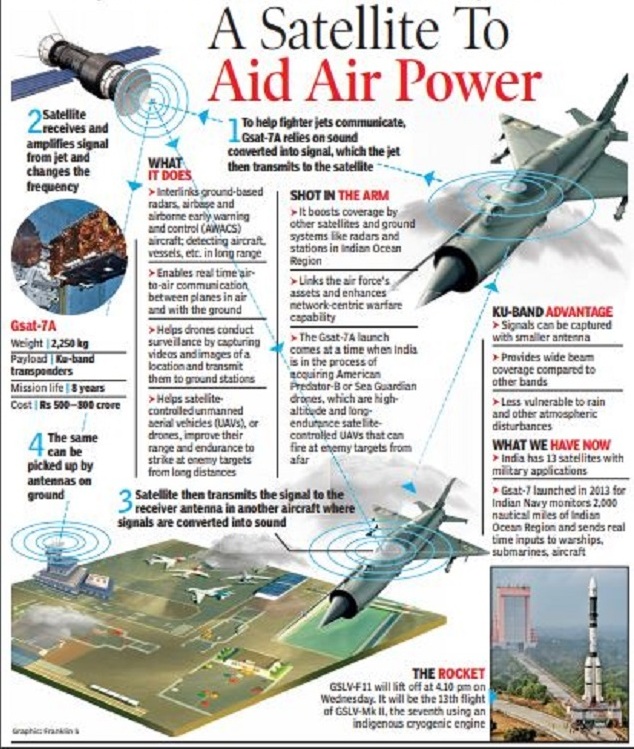7667766266
enquiry@shankarias.in
Why in news?
ISRO launched the communication satellite, GSAT-7A with GSLV-F11 (Geosynchronous Satellite Launch Vehicles).
What is GSAT-7A?

What is the key feature?
What is ISRO's GSLV programme?
Source: Indian Express